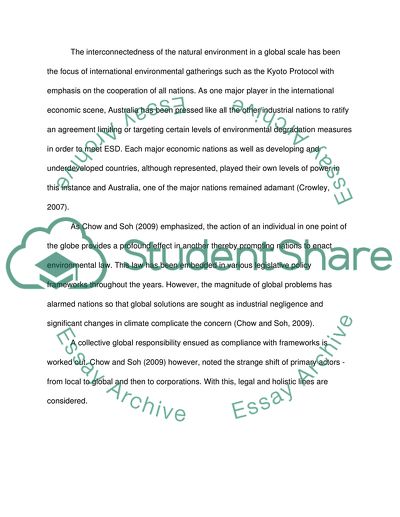Cite this document
(Ecologically Sustainable Development and the Australian Court Term Paper, n.d.)
Ecologically Sustainable Development and the Australian Court Term Paper. Retrieved from https://studentshare.org/law/1741389-discuss-considering-if-you-choose-not-just-the-decisions-of-the-land-and-environment-court
Ecologically Sustainable Development and the Australian Court Term Paper. Retrieved from https://studentshare.org/law/1741389-discuss-considering-if-you-choose-not-just-the-decisions-of-the-land-and-environment-court
(Ecologically Sustainable Development and the Australian Court Term Paper)
Ecologically Sustainable Development and the Australian Court Term Paper. https://studentshare.org/law/1741389-discuss-considering-if-you-choose-not-just-the-decisions-of-the-land-and-environment-court.
Ecologically Sustainable Development and the Australian Court Term Paper. https://studentshare.org/law/1741389-discuss-considering-if-you-choose-not-just-the-decisions-of-the-land-and-environment-court.
“Ecologically Sustainable Development and the Australian Court Term Paper”, n.d. https://studentshare.org/law/1741389-discuss-considering-if-you-choose-not-just-the-decisions-of-the-land-and-environment-court.


